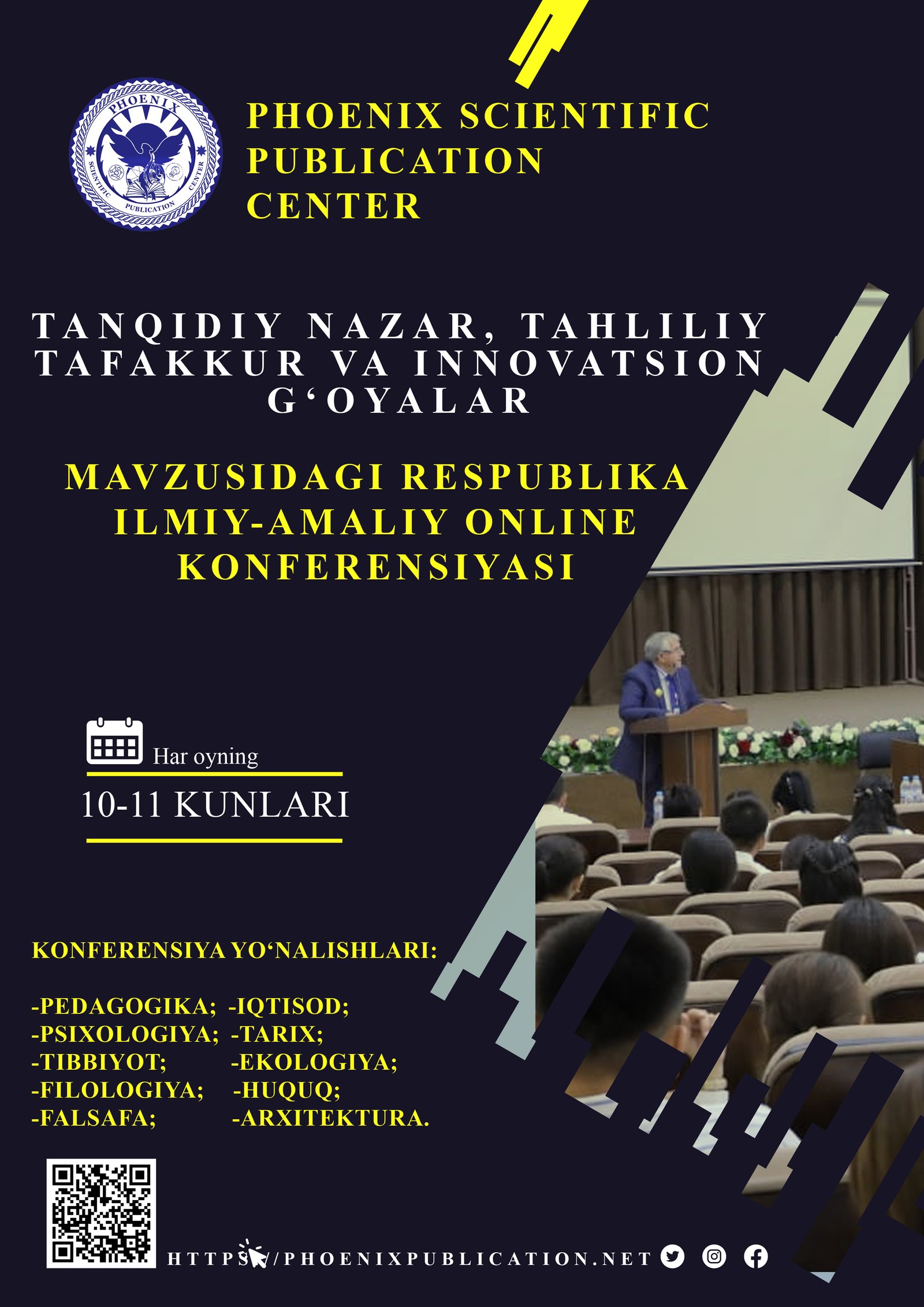Abstract
The rapid advancement of technology has significantly influenced the development of language, reshaping communication patterns, vocabulary, and linguistic structures. This article explores how digital communication tools, social media platforms, and artificial intelligence have contributed to the evolution of language in modern society. Key areas of focus include the emergence of new lexicons, the simplification of grammar and syntax in online interactions, and the increasing prevalence of multimodal communication, such as emojis and memes. The study also examines the potential erosion of traditional linguistic norms and the rise of globalized language trends, emphasizing the balance between innovation and cultural preservation.
References
1.Percy-Smith, L., Wischmann, S., Josvassen, J. L., Schiøth, C., & Cayé-Thomasen, P. (2021). Language development for the new generation of children with hearing impairment. Journal of Clinical Medicine, 10(11), 2350.
2.Brown, M., Tanenhaus, M. K., & Dilley, L. (2021). Syllable inference as a mechanism for spoken language understanding. Topics in Cognitive Science, 13(2), 351-398.
3.Davies, C., Ebbels, S., Nicoll, H., Syrett, K., White, S., & Zuniga‐Montanez, C. (2023). Supporting adjective learning by children with Developmental Language Disorder: Enhancing metalinguistic approaches. International Journal of Language & Communication Disorders, 58(2), 629-650.
4.Shin, N., & Miller, K. (2022). Children’s acquisition of morphosyntactic variation. Language Learning and Development, 18(2), 125-150.
5.Nie, Y., Williams, A., Dinan, E., Bansal, M., Weston, J., & Kiela, D. (2019). Adversarial NLI: A new benchmark for natural language understanding. arXiv preprint arXiv:1910.14599.
6. Smith, P., Kim, D., Vorobel, O., & King, J. R. (2020). Verbal reports in the reading processes of language learners: A methodological review. Review of Education, 8(1), 37-114.
7. Miller, C. T., Gire, D., Hoke, K., Huk, A. C., Kelley, D., Leopold, D. A., ... & Niell, C. M. (2022). Natural behavior is the language of the brain. Current Biology, 32(10), R482-R493.
8. Lee, E., Johnson, J. T., & Schreiber, B. R. (2021). Introduction: Why linguistic justice, and why now. Linguistic justice on campus: Pedagogy and advocacy for multilingual students, 1-16.
9. Brown, M., Tanenhaus, M. K., & Dilley, L. (2021). Syllable inference as a mechanism for spoken language understanding. Topics in Cognitive Science, 13(2), 351-398.
